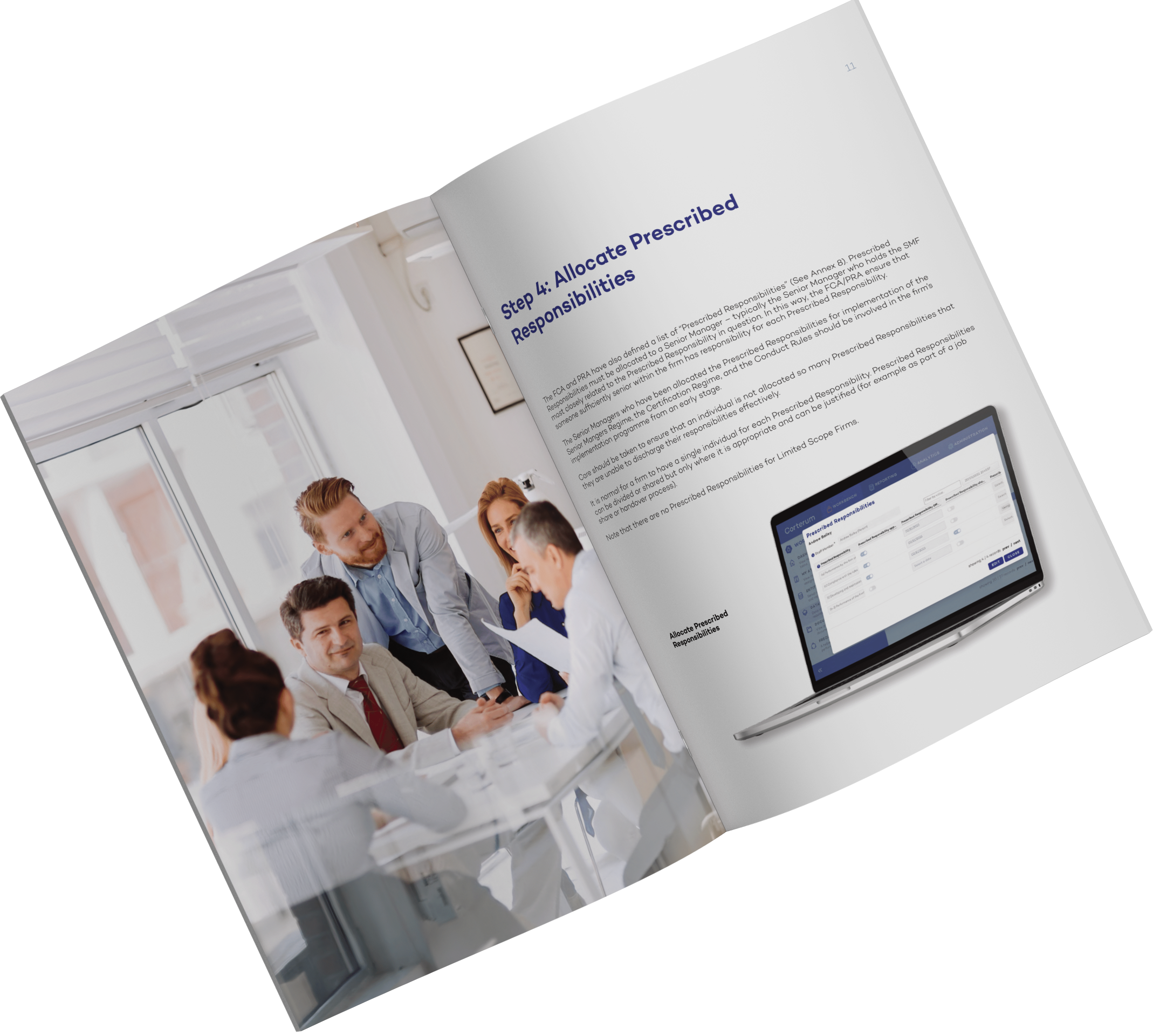There are a number of points during the lifecycle of an in-scope staff member when it might be necessary to perform fit and proper testing. These are:
- On taking up a new role;
- At least annually thereafter;
- On a promotion or change of role;
- When circumstances arise that might call into question an individual’s fitness and propriety (this is sometimes known as a “triggered” assessment); and
- When circumstances are such that it is felt that fitness and propriety should be assessed more frequently than annually (this is sometimes known as an “in-year” assessment).
Some of these circumstances speak for themselves. However, we’ll say a little bit about role changes as well as “triggered” versus “in-year” assessments.
Assessing fitness and propriety through role changes
The FCA gives specific guidance on what the position is if a Certification Employee’s role changes part-way through the period for which their current fit and proper certificate is valid. Obviously, this guidance is not so relevant to a Senior Manager. If a Senior Manager’s role changes, then FCA approval will need to be sought for the change.
Where a Certification Employee’s role changes, the firm may need to reissue the individual’s fit and proper certificate. More specifically, if the new Certification Function has different requirements relating to:
- personal characteristics;
- the level of competence, knowledge and experience;
- qualifications; or
- training;
then the FCA would expect the firm to assess whether the employee is fit and proper to perform the new Certification Function before they start it. Put simply, the firm should NOT wait until the next annual fit and proper assessment to determine whether the employee is fit and proper for the new function. Nonetheless, the FCA expressly acknowledges that a firm may not need to issue a new fit and proper certificate if either:
- Firstly, the firm has concluded that no re-assessment of fitness and propriety is required (having taken into account the personal characteristics; competence, knowledge and experience; qualifications or training required of the new role), OR
- Secondly, if the fit and proper certificate is already drafted broadly enough to cover the proposed new Certification Function (of course, this assumes that an assessment of fitness and propriety with respect to the proposed new Certification Function will already have been completed).[1]
[1] SYSC 27.2.15G
“Triggered” versus “in-year” assessments
We mentioned previously that we would say a few words about the difference between a “triggered” fit and proper assessment and an “in-year” fit and proper assessment. The difference between the two can best be explained by way of examples.
As the name suggests, a “triggered” fit and proper assessment is ‘triggered’ by an unforeseen event. It occurs because of something unforeseen that happens – typically something that the individual in question has done (or not done). A simple example would be an IFA who steals a sandwich from the staff cafeteria. This would call into question the individual’s honesty. In turn, this would also call into question his or her fitness and propriety. In these circumstances, it may well be necessary to reassess whether the individual remains fit and proper to perform his or her role.
In contrast, an “in-year” assessment is typically not triggered by an unforeseen event. Rather, it can be thought of as something that has been diarised. An example would be an IFA who is new to the role. That person’s employer may consider that an in-year fit and proper assessment after, say, 6 months is necessary so that the firm can confirm that the individual has reached full competence with respect to the role in question.
